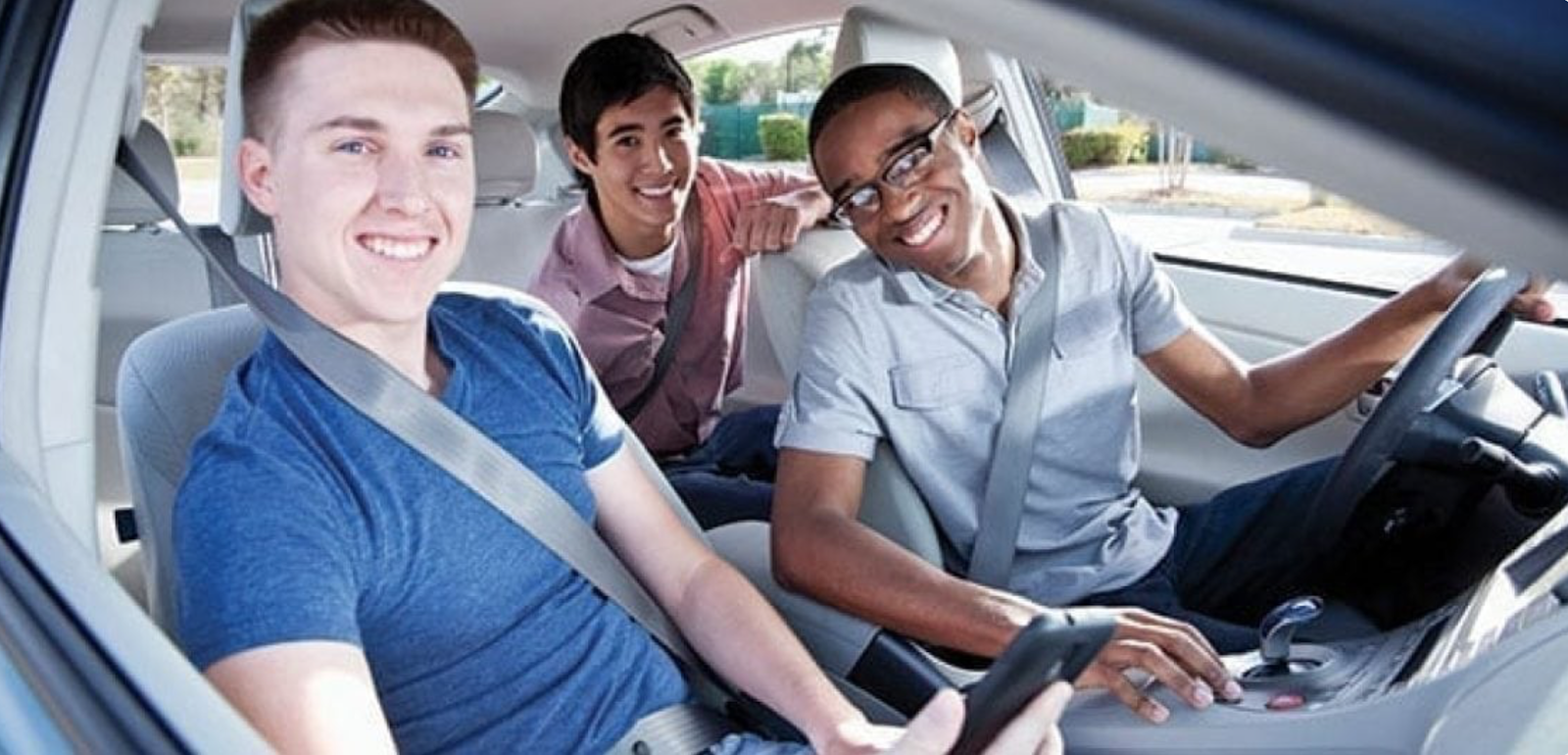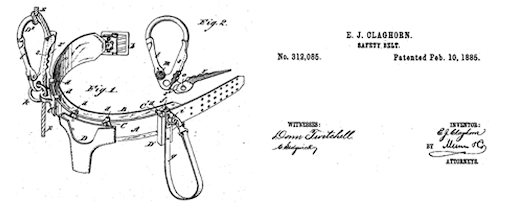 In 1885 the first seatbelt patent was granted to Edward Claghorn, as a way to keep tourists safe in New York City as they rode in taxis. In 1961, Wisconsin became the first state to require seatbelts in new cars. In 1968, both lap and shoulder belts were mandated in all new automobiles. However, it wasn’t until 1984 that seatbelt use was required, with a $50 fine for noncompliance. If you can believe it, New Hampshire is the only state that still does not require adults to wear seat belts.
In 1885 the first seatbelt patent was granted to Edward Claghorn, as a way to keep tourists safe in New York City as they rode in taxis. In 1961, Wisconsin became the first state to require seatbelts in new cars. In 1968, both lap and shoulder belts were mandated in all new automobiles. However, it wasn’t until 1984 that seatbelt use was required, with a $50 fine for noncompliance. If you can believe it, New Hampshire is the only state that still does not require adults to wear seat belts.
 Seat belts have been credited with saving more than one million lives and considered to be the most cost-effective public health invention ever.
Seat belts have been credited with saving more than one million lives and considered to be the most cost-effective public health invention ever.
Unfortunately, the leading cause of death amongst teenagers in the United States is motor vehicle accidents. And teens have the lowest seatbelt usage rates compared with any other age group.
Recently data from the National Trauma Data Standard Data Dictionary was analyzed from 2009 to 2014 to query all cases of spinal fractures following motor vehicle accidents in teenagers. Motor vehicle accidents were responsible for vertebral fractures in 23,094 children, which ended up being the most common mechanism of injury. 67% also had spinal cord injury. 6% of the spine fractures required surgery. 63% of these pediatric spinal fractures occurred in ages 15-17, coinciding with the beginning of legal driving.
Data was also present to separate out the use of seatbelts. There was a significantly lower occurrence of vertebral fractures in both drivers and passengers who wore seatbelts.
Teen crash risk is highest in the first years of independent driving. Compared to adults, teen drivers have a ~2.5 times the nonfatal crash rate. And crashes are nearly twice as likely to cause serious injury when passengers are present compared to teens driving alone.
Lately in politics, we’ve heard of lowering the voting and drinking cut-off in Colorado. However, maturity is a variable process not necessarily linked to chronologic age. Some adolescents are capable of critical decision-making earlier than others, but this study continues to highlight the supervision needed in new young drivers for their health and those in their vehicles. Our youth may be more vocal than ever, but that does not necessarily improve their choices.






